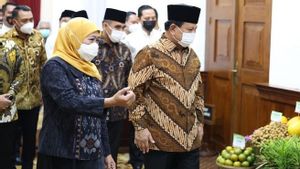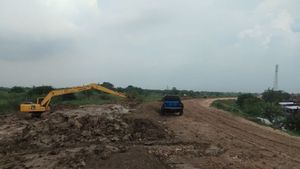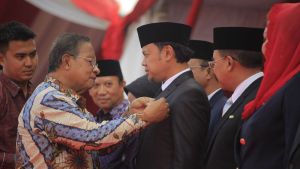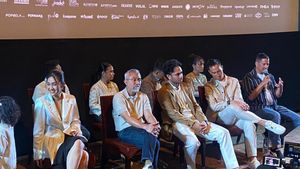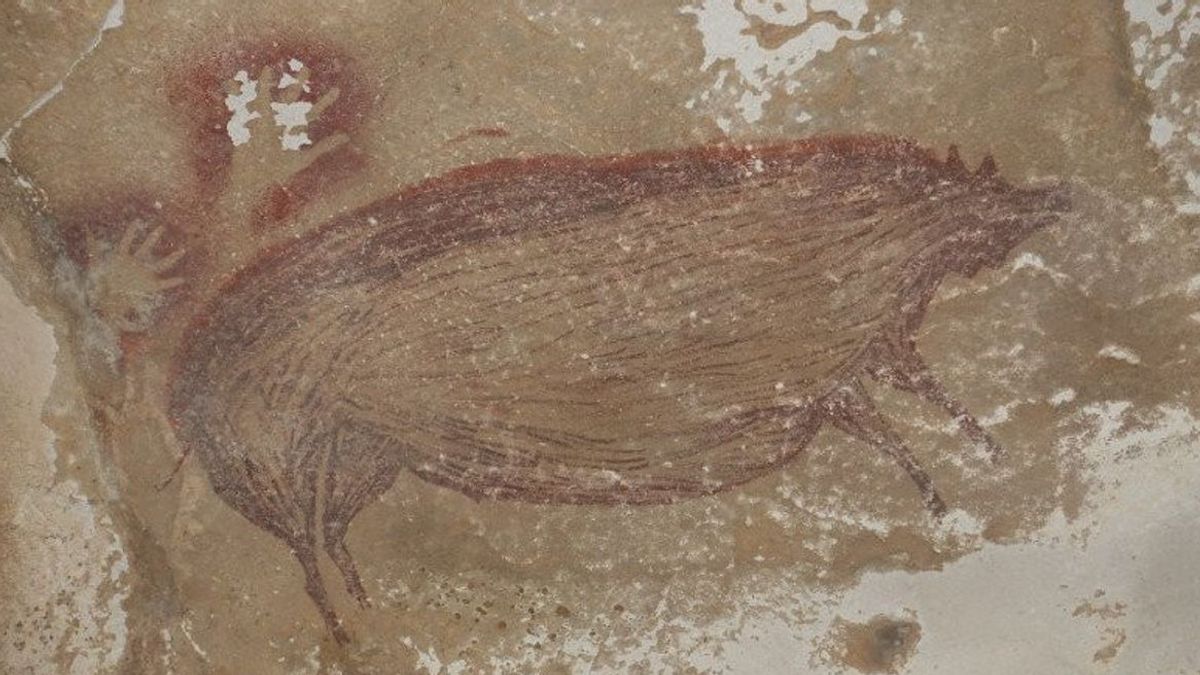
JAKARTA - Archaeological researchers from the National Research and Innovation Agency (BRIN) and a team have found the world's oldest figurative painting, estimated to be 45,500 years old.
"The samples taken from the painting were taken to the lab, and after being analyzed using the uranium series method, they were 45,500 years old," said Adhi Agus Oktaviana, researcher at the BRIN Archeometry Research Center, as quoted by ANTARA, Monday, August 15.
The painting on the cave wall depicting a wild boar was found in the Leang Tedongnge Cave, Maros, South Sulawesi in December 2017.
The research team consisted of Adhi Agus Oktaviana and Budianto Hakim who were researchers from the BRIN Archaeological Research Center, and Pindi Setiawan, Basran Burhan, and Rustan LP Santari who were academics and cultural heritage practitioners.
The archaeological research team also found painting art at another site in Leang Bulu Sipong, Sulawesi. The painting is between 35,100 years and 43,900 years old.
Adhi said on the site, there is a figure of Therianthropy, which is a half-human and half-animal image. The painting also depicts the oldest hunting activity in the world.
For the series of findings of the world's oldest figurative paintings in ancient caves in East Kalimantan and South Sulawesi, the research team won the 2022 Achmad Bakrie (PAB) Award in the Science category.
The research is a synergy and collaboration of various parties, namely the National Archaeological Research Center and Makassar Archaeological Center which is now joining BRIN, archaeologists from the South Sulawesi Cultural Heritage Preservation Center, and lecturers and students at Hasanuddin University and Unhalu (Halu Oleo University) Kendari.
"In addition, there are also many roles of residents around rock art sites in the survey and research process," said Adhi.
SEE ALSO:
Meanwhile, Rustan LP Santari said that ancient people were thought to have made the painting by painting using a brush, which could have been made from modified roots or twigs at that time.
"The second way, especially for hand-drawn painting, is by placing your hand on the cave wall and then coloring it," said Rustan.
Meanwhile, Budianto Hakim said that a series of discoveries that started from 2014 until now explained that the ancestors in the archipelago were more prominent than the ancestors of the Europeans.
"This strengthens the foundation or construction of our national identity," he said.
In addition to the Science category, PAB XVIII 2022 also gave awards in four other categories, namely Literature, Social Thought, Medicine, and International Scientist Contributing to Indonesia.
The English, Chinese, Japanese, Arabic, and French versions are automatically generated by the AI. So there may still be inaccuracies in translating, please always see Indonesian as our main language. (system supported by DigitalSiber.id)



